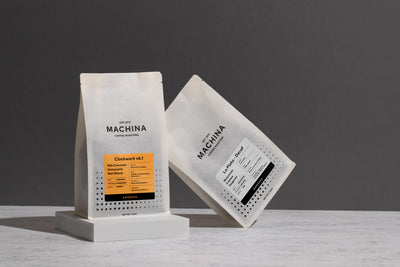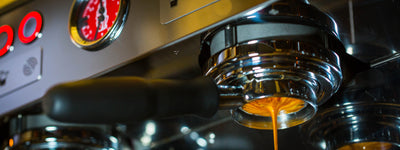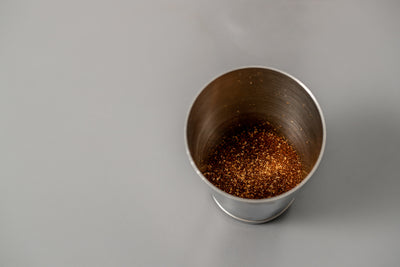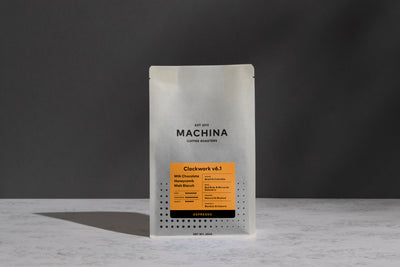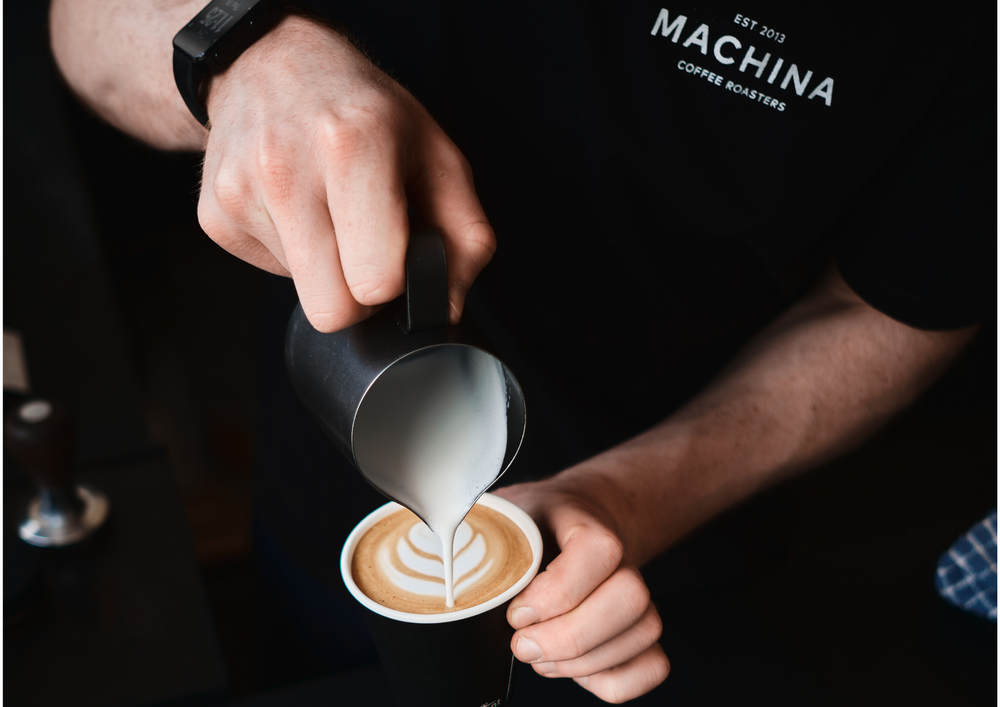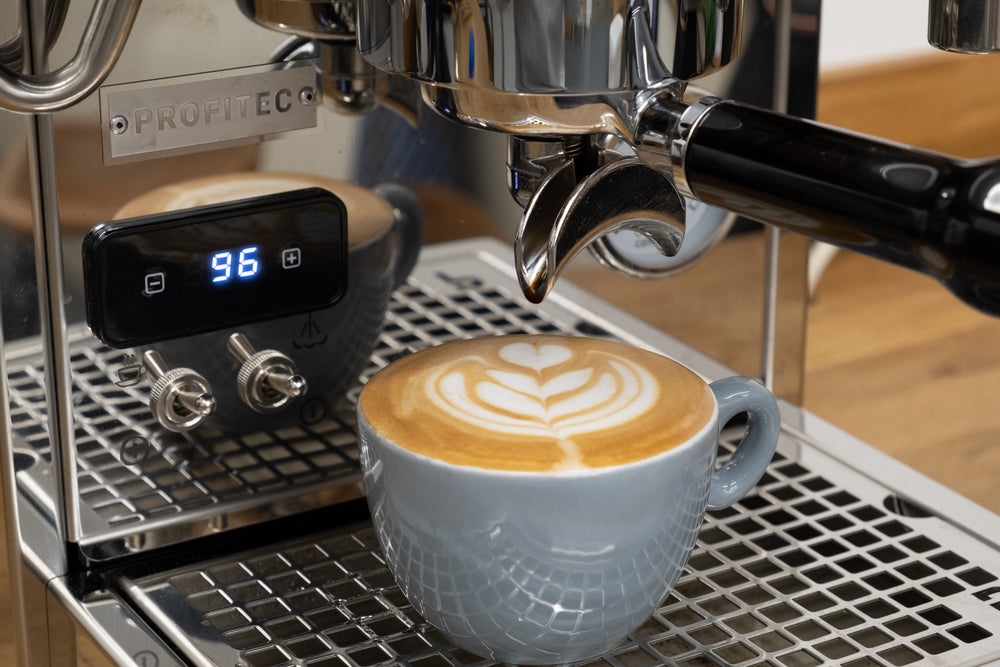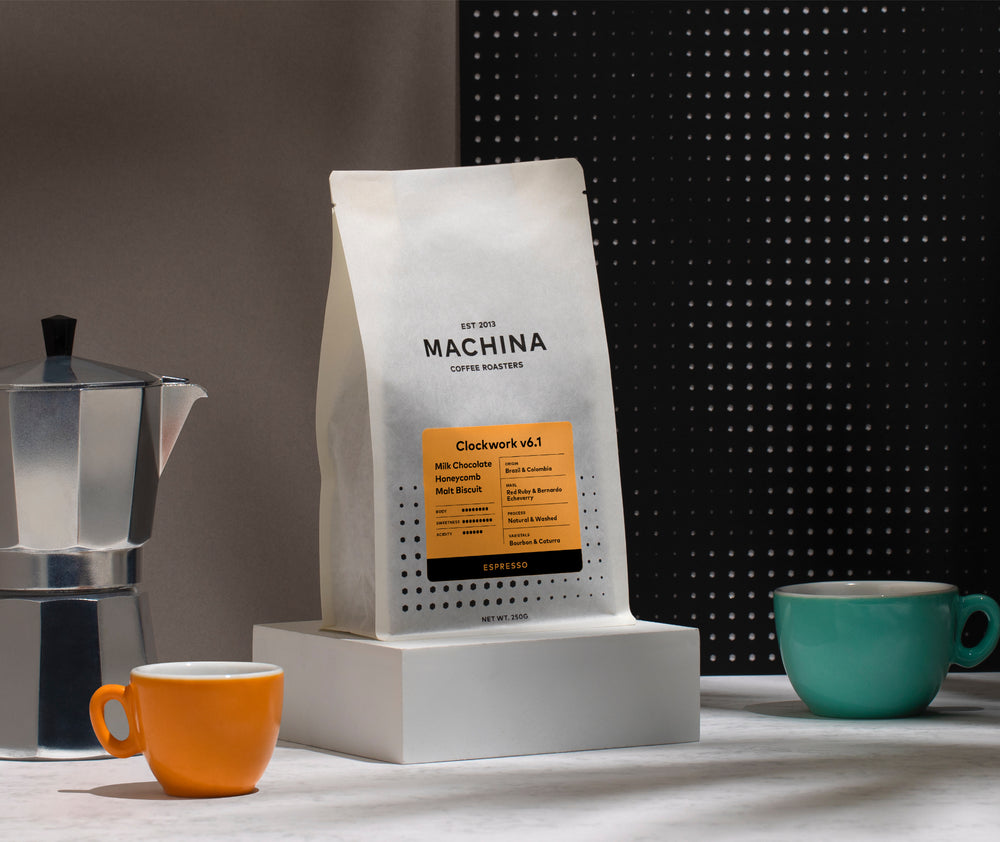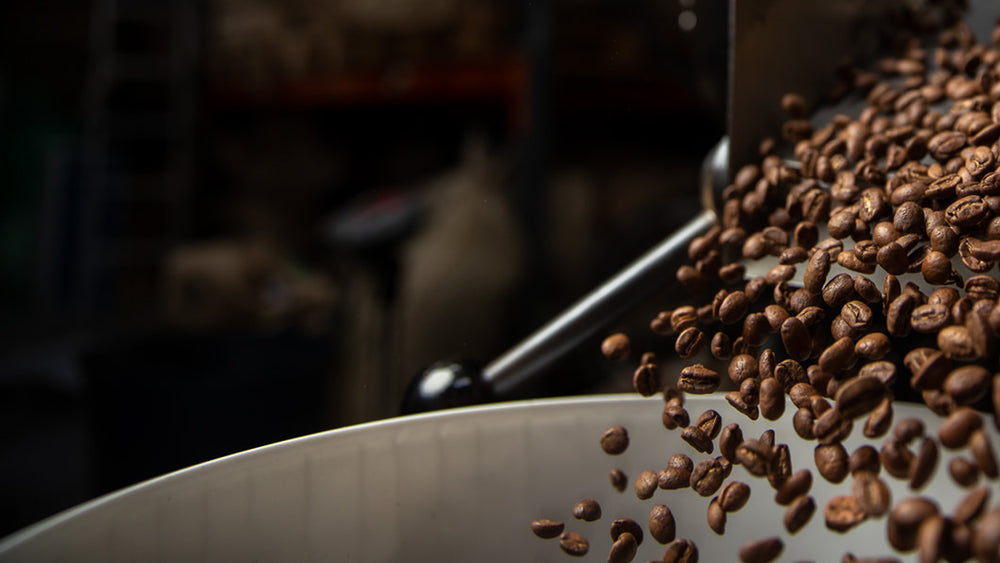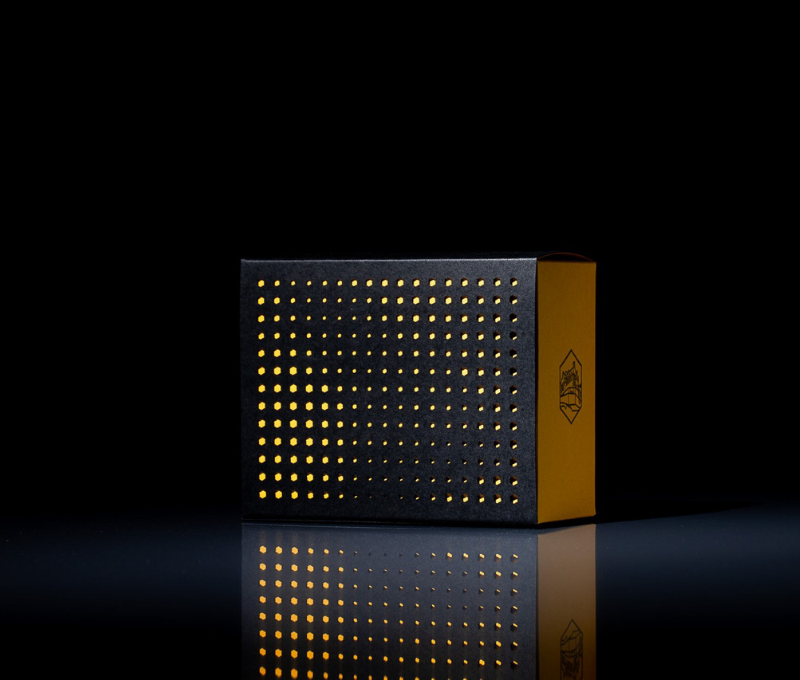Depending on whether you’re a glass-half-full or half-empty person, buying coffee to brew at home can either be an exciting adventure or a stressful chore. There are just so many coffees that you can choose from! Different roasteries, different origins, there’s blends and single origin coffees, filter roasts and espresso roasts, a boatload of varietals, and what seems to be an endless stream of posh culinary words to describe the taste of the coffee (aka tasting notes). So, how do you pick the right coffee for you?
1. Brew Methods
Before we even look at taste or origin, it’s best to start with what brew method you’re using. We can split the brew methods into two broad categories; filter and espresso.
The espresso brew methods include:
- Professional grade espresso machines, including models from La Marzocco, Rocket, Expobar, ECM, and Bezzera
- Basic Machines, such as Dualit, De’Longhi, Gaggia, and Morphy Richards
- Alternative espresso brewers, such as the Aeropress, Moka Pots / Stovetops, and manual brewers such as the ROK
- Pour over brewers, including Chemex, V60 drippers, Kalita Wave, or Wood neck drippers
- Full immersion methods, such as Cafetiere and the Clever dripper
- Odd methods such as the Aeropress and Syphons. While these are technically full immersion methods, they can deliver more complex results (compared to Cafetiere/Clever) when used correctly.
These two categories, filter and espresso, are also used by coffee roasters to label what method is optimal for that coffee. In simple terms, espresso roasts are more developed than filter roasts, with more of the sugars within the bean being caramelised during the roasting process. This is due to espresso coffee typically being roasted for a longer time, and at higher temperatures. While this leads to a more bold cup of coffee as an espresso-based drink, it can mean a lacking complexity when brewed on a filter method. On the other hand, filter coffees showcase the natural variations in the coffee much more prominently, with the coffees tending to have more diverse and complex flavours.
As a general rule, espresso coffees are at their best using espresso brew methods, and filter coffees are at their best using filter brew methods. Look out for how the coffee is labelled and you should be able to pick a suitable bean.
However, just to make it tricky, there are some exceptions.
- Full immersion filter methods (cafetiere and Clever), tend to produce more rounded coffees with less acidity and are actually better suited to using espresso coffee.
- There is also some variation between espresso brew methods, with the basic espresso machines being unable to properly extract complex, more acidic coffees, such as single origin African coffees. The same can be said for Moka Pots and the ROK.
- The final oddity of the bunch is the Aeropress, which can brew pretty much anything and everything!
While ensuring you buy the right coffee for your brew method is more of a logical decision, narrowing it down to the right coffee for you comes down to a more subjective element: flavour. There are an array of different flavours in coffee, ranging from florals to chocolate, and everything in between. There are three simple ways you can discern what a coffee will taste like; the tasting notes, the processing of the coffee, and the origin of the coffee.
2. Tasting Notes
Tasting notes are usually a decent indicator of a coffee’s flavour. However, these can often be a little too specific and complex. Sure, “candied persimmon” and “silky lemonade” sound fancy, but they don’t really tell you what it will taste like. The easiest way to ascertain the flavour in a simple form is to sort the tasting notes into their broader categories, for easily deciding what broad flavours you enjoy.

3. Processing
Processing refers to how the coffees are handled following their picking, with the two most common processes being natural and washed. Washed coffees tend to be balanced and clean. The flavours are much more nuanced and subtle than natural coffees. Natural coffees are usually much more in your face, with certain flavours (such as floral or fruity notes) being accentuated.
4. Coffee Origin
In addition to the tasting notes and processing of the coffee, you can also use the origin of the coffee as a rough guide as to the flavours. Based on my experience, many customers can be divided by preference based on the acidity of the coffee. Many prefer fruity, floral, quite acidic coffees, while others prefer more traditional, less acidic coffee flavours, nuttiness, chocolates, caramels. While the origin of a coffee doesn’t wholly dictate it’s flavour, different countries and regions are renowned for certain tastes, and we can use this to divide the origins by acidity.
The more acidic, fruity or floral coffees tend to originate from African destinations such as Kenya, Ethiopia, Burundi, Rwanda, as well as countries such as Panama and occasionally Colombia.
The less acidic, more nutty/chocolatey/caramel coffees usually originate from South America, most notably Brazil and Colombia, as well as Central America, including Costa Rica, El Salvador, Nicaragua and Guatemala.
While this split divide is not 100% accurate, as the range of coffees grown in any origin can be greatly varying, but in general, if the tasting notes and country of origin both point to a certain flavour, it will be a reliable taste indicator.
It is important to note that while this guide can help you pick a coffee more easily, there are also a number of exceptions to these rules. Additionally, your own preferences may mean going against some of this advice, and that's okay. Coffees provide a unique experience, and what you prefer is totally up to you. That being said, if in doubt, you can always ask your friendly neighbourhood barista!

